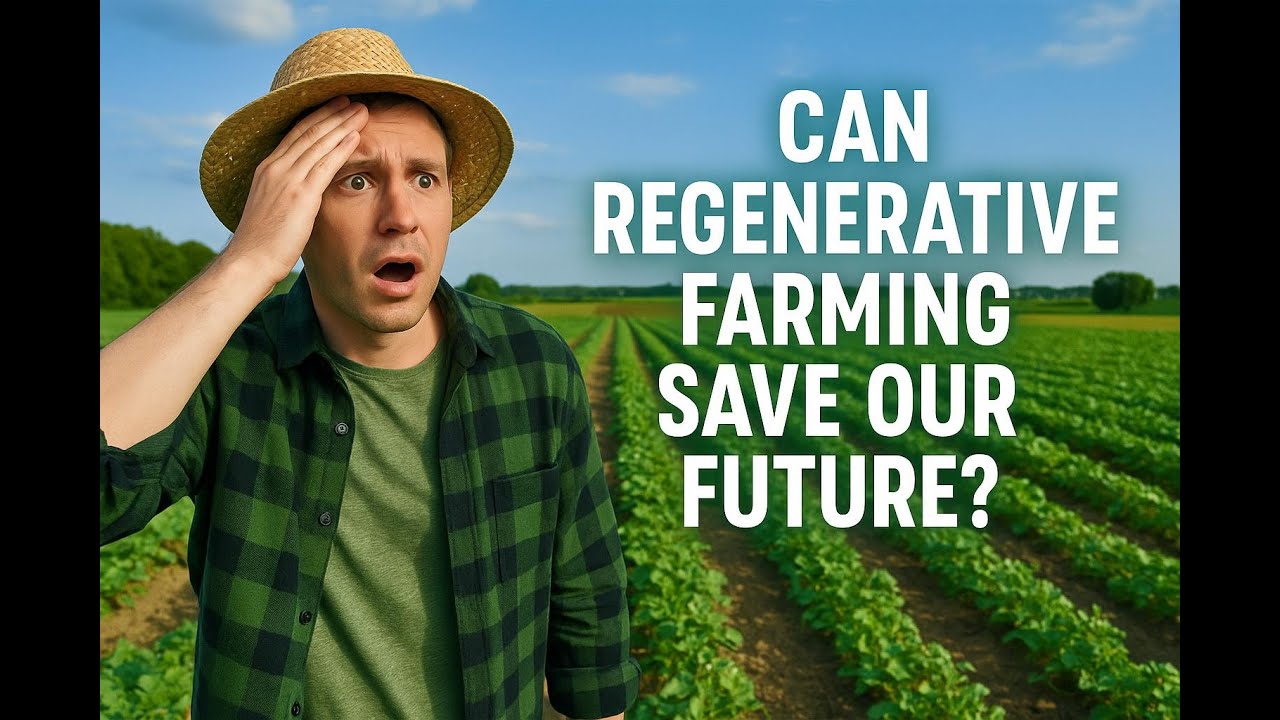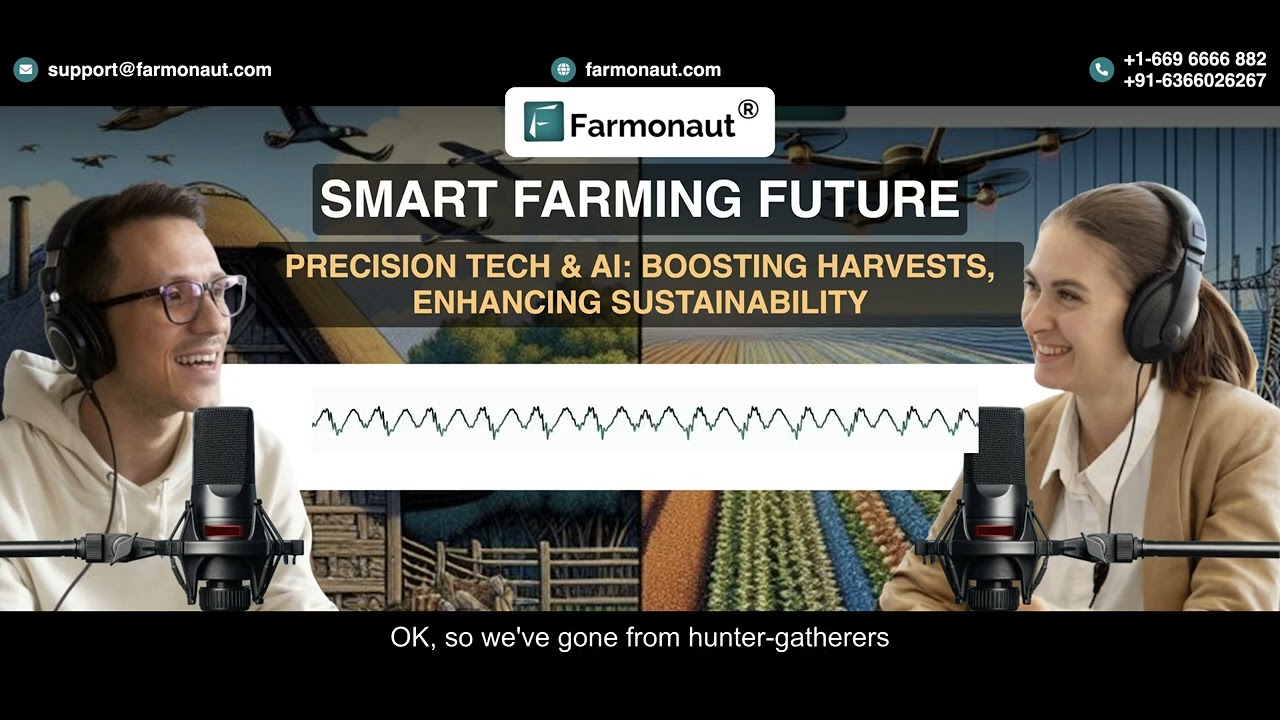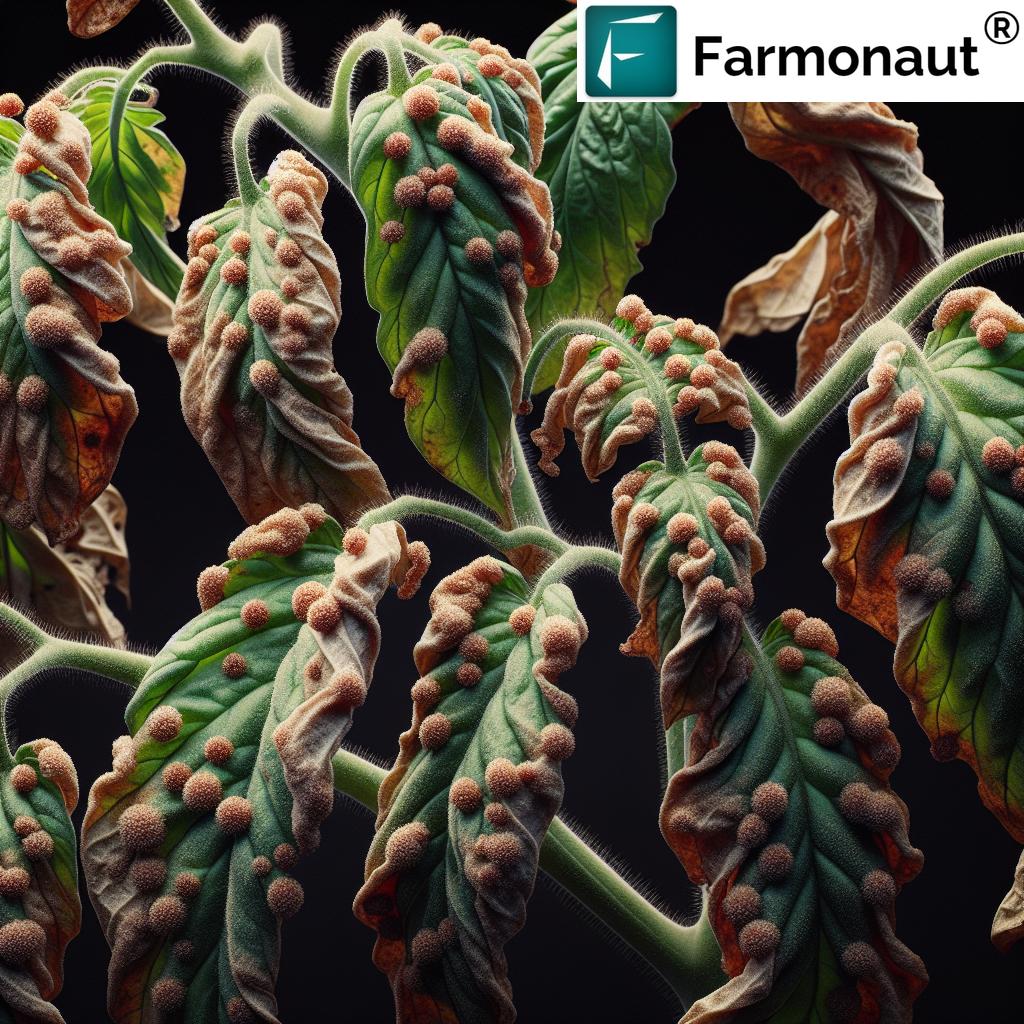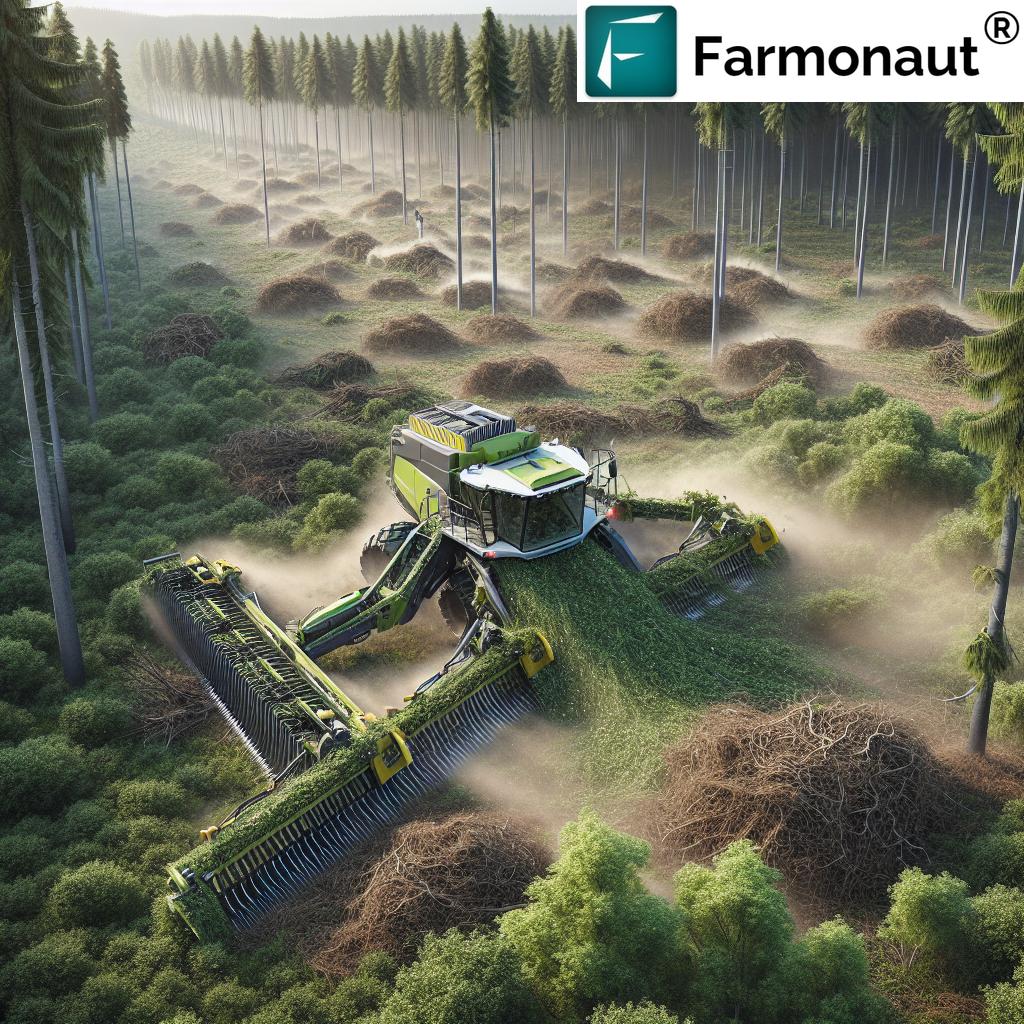Bioagriculture Storage: Govt Cold Storage Subsidy & Sustainable Agriculture in 2025
Quick Sustainability Trivias
“India’s cold storage capacity increased by 35% from 2016-2023, supporting sustainable storage for millions of tonnes of produce.”
Introduction to Bioagriculture Storage & Cold Storage Govt Subsidy
The global population continues to rise, predicted to exceed 8.5 billion by 2030. Meanwhile, climate change increasingly threatens food security, placing unprecedented stress on agricultural systems worldwide. More than ever, sustainable agriculture, innovative storage solutions, and supportive government policies are critical for farmers, businesses, and consumers alike.
Among the pivotal components enabling agriculture sustainability in 2025, bioagriculture storage and robust cold storage infrastructure—supported by targeted government subsidies—stand out as game-changers. They offer remarkable means to reduce post-harvest losses, preserve nutritional quality, lighten the carbon footprint, and, ultimately, enhance farmer income stability. This blog explores in depth how these technologies and policies synergistically transform agricultural practices, making the global food system more resilient, sustainable, and profitable for all stakeholders.
Why Cold Storage & Bioagriculture Storage Are Critical in 2025
2025 is a watershed year for agriculture sustainable agriculture. Not only are food demands mounting, but so is the pressure to develop climate-resilient solutions. Data suggests that 30-40% of fruits and vegetables perish post-harvest in India alone (FAO, 2024). This loss is mostly due to inadequate storage, absence of cold chains, and conventional handling methods that are energy-inefficient and environmentally damaging.
- Food quality drops rapidly post-harvest due to poor preservation, microbial growth, and exposure to unsuitable temperatures.
- Waste is rampant, especially for perishable commodities like fruits, vegetables, dairy, and meat products.
- Farmer income becomes unstable due to unpredictable market access and frequent “distress sales” right after harvest.
- Carbon emissions and energy inefficiency threaten climate goals.
To address these issues, innovative bioagriculture storage and advanced cold storage govt subsidy programs are being adopted worldwide.
“Bioagriculture storage solutions can cut food waste by nearly 30%, boosting smallholder farmer incomes across India.”
What is Bioagriculture Storage? — Environmentally Friendly Preservation for Sustainable Agriculture
Bioagriculture storage refers to the use of biologically-based, environmentally friendly methods and materials to preserve agricultural products post-harvest. Unlike conventional storage solutions that may rely heavily on synthetic chemicals and energy-intensive processes, bioagriculture approaches emphasize natural techniques and materials, controlled atmosphere storage, and minimized environmental impact.
- Incorporating natural preservatives from plant extracts (such as essential oils, polyphenols, or organic acids) instead of synthetic fungicides or pesticides.
- Using bio-based coatings that “enrich” produce—applied to fruits and vegetables to extend shelf life and reduce weight loss/spoilage.
- Utilizing controlled/modified atmosphere storage with careful regulation of gases (CO₂, O₂, humidity), enriched with bio-derived inputs.
- Employing natural insulation materials (e.g., plant-based panels made from agricultural residue) to cut energy needs and carbon output in storage units.
The biggest advantages of bioagriculture storage solutions are their ability to:
- Significantly extend shelf life of produce without harmful residues.
- Reduce dependency on synthetic fungicides, pesticides, and chemicals.
- Minimize spoilage and post-harvest waste—improving food security and sustainability.
- Support a circular, low-waste economy by reusing agricultural by-products as packaging or insulation.
- Keep carbon emissions low by requiring less synthetic input and energy.
Examples of bioagriculture storage in action:
- Edible wax coatings for apples and citrus fruits that double shelf life.
- Compostable agri-waste insulation panels used in small cold rooms.
- Herbal extracts as natural anti-microbial sprays replacing pesticides.
Cold Storage Technology: From Traditional to Advanced, Sustainable Solutions
Cold storage remains the backbone of agricultural storage, especially for perishable commodities—fruits, vegetables, dairy, and meat. By maintaining regulated low temperatures, cold storage preserves nutritional quality, delays ripening, and limits microbial growth. This ensures produce reaches consumers in optimal condition, reduces wastage, and enhances profitability.
However, traditional cold storage faces serious limitations:
- High energy input—conventional systems often run on diesel or grid electricity, generating significant carbon emissions.
- High initial investment costs and maintenance overhead, especially burdensome for smallholders.
- Limited accessibility outside major urban centers or production zones.
- Risk of produce spoilage in case of equipment failure.
Innovations in Cold Storage for 2025 and Beyond
2025 sees a wave of innovations integrating sustainability into cold storage:
- Adoption of solar-powered cold rooms, cutting both running costs and carbon output.
- Bio-based insulation materials replacing traditional polystyrene, reducing environmental footprint.
- IoT and sensor technologies for real-time temperature and humidity control, improving efficiency and traceability.
- Community cold storage units, accessible by multiple smallholder farmers.
Did You Know? Cold storage can extend the shelf life of tomatoes and mangoes by up to 28 days and onions by 4-6 months.
Understanding Cold Storage Govt Subsidy: 2025 Policies & Programs
Recognizing the critical role of cold storage in lifting Indian agriculture, government initiatives over the past decade supported the installation of modern cold storage infrastructure through various subsidies, grants, and soft loans. In 2025, these programs have:
- Lowered the initial investment cost barrier for farmers, FPOs (Farmer Producer Organisations), and agri-entrepreneurs.
- Prioritized eco-friendly, energy-efficient, and bio-based cold storage models.
- Integrated technical support, ensuring sustained knowledge transfer on best storage and maintenance practices.
- Offered up to 35-50% capital subsidy on approved cold storage projects, with higher rates for backward or rural districts.
- Encouraged cluster-based or shared cold room infrastructure, maximizing reach while minimizing energy inputs per unit stored.
Key bodies implementing these programs in India include:
- National Horticulture Board (NHB)
- Ministry of Food Processing Industries (MoFPI)
- State-level Agri Departments and Rural Development Agencies
Internationally, similar cold storage subsidies are reshaping agriculture sustainable agriculture in countries like Brazil, Canada, and across Africa—aligning agricultural infrastructure development with global climate and food security goals.
Comparative Benefits Table: Traditional Storage vs. Cold Storage Govt Subsidy vs. Bioagriculture Storage
We’ve created an insightful comparison below to help stakeholders evaluate the core merits of each storage solution across essential sustainability and profitability metrics.
| Storage Type | Food Quality Preservation (Est. % Improvement) |
Waste Reduction (Est. % Reduction) |
Farmer Income Increase (Est. %) |
Environmental Impact (Low/Medium/High) | Initial Investment Cost (₹/ton Est.) | Eligibility for Govt Subsidy |
|---|---|---|---|---|---|---|
| Traditional Storage | 10-20% | 0-10% | 0-5% | High | ₹10,000-₹18,000 | No |
| Cold Storage (With Govt Subsidy) | 40-50% | 25-35% | 10-22% | Medium | ₹15,000-₹30,000 (minus 35% subsidy) | Yes |
| Bioagriculture Storage | 55-70% | 30-45% | 18-32% | Low | ₹12,000-₹25,000 (after eco-support) | Emerging (select schemes) |
Estimates vary by region, commodity & technology specs.
Key insight: Bioagriculture storage, especially when supported by cold storage govt subsidy, offers the highest benefits across quality, waste reduction, and climate impact.
How Bioagriculture Storage and Cold Storage Govt Subsidies Empower Farmers
For millions of smallholder farmers, especially in India and Southeast Asia, the introduction of sustainable storage solutions is transformative:
- Reduces the immediate need to sell at harvest, letting farmers wait for optimal market prices.
- Decreases distress sales, lifting income stability and household security.
- Protects nutritional and commercial value of produce, so farmers can sell premium-grade fruits, vegetables, and perishables over time.
- Enables diversified income streams via direct-to-consumer, food processing, and value addition opportunities.
- Offers eligibility for government insurance schemes and access to crop loans—now often linked to improved storage practices for risk assessment (See:
Farmonaut’s Satellite-Based Crop Loan & Insurance Verification).
Technical training and digital access— many cold storage subsidy programs include on-site training, plus digital tools such as app-based monitoring, making it easier for young and digitally savvy farmers to manage quality preservation, resource usage, and sales decisions.
Explore Farmonaut’s web, Android, and iOS apps for real-time insights and monitoring.
Transforming Agricultural Supply Chains & Rural Economies
Cold storage backed by government subsidies and integrated bioagriculture storage solutions have cascading impacts beyond individual farms:
- They allow aggregation of produce from multiple farmers in shared facilities, enabling profitable bulk sales.
- Help reduce transportation losses and streamline distribution logistics.
- Strengthen bargaining power with exporters and processors due to assured supply and consistent quality.
- Ignite rural economic growth by creating new jobs in storage management, food processing, and logistics.
- Lay the groundwork for digital traceability and premium branding (
Farmonaut Traceability Platform), which fetches higher prices for farmers and assures consumers of origin and safety.
Bioagriculture Storage, Cold Storage & Circular Economy in 2025
By 2025, circular economy approaches are mainstreamed into agri-infrastructure:
- Bio-based packaging for cold storage is compostable after use, reducing plastic waste.
- Agricultural residual matter (like rice husk, sugarcane bagasse) is repurposed into eco-friendly insulation for cold rooms, creating new value chains.
- Food waste and unmarketable produce are converted via bio-digesters into renewable energy or organic fertilizers.
- Supply chain traceability enforces environmental compliance, so resource efficiency and low-carbon transport gain commercial value (
See Farmonaut’s Fleet & Resource Management tools).
Example: Canada, Brazil, and India lead the world in recycling farm plastics and integrating them into new agri-supply chains by 2025.
Farmonaut Satellite Technology for Climate-Smart Agriculture Sustainable Agriculture
At Farmonaut, we are committed to making climate-smart technologies both accessible and actionable for farmers, agribusinesses, and government agencies worldwide—empowering them to embrace sustainable storage, resource efficiency, and data-driven decisions.
What Does Farmonaut Offer?
- Satellite-Based Monitoring: We deliver near real-time crop health and storage facility monitoring via multispectral satellite imagery, NDVI, and AI-driven analytics. This enables more effective post-harvest management and early warning for spoilage risks.
- AI Advisory (Jeevn): Our AI system provides actionable, weather-adaptive guidance for crop preservation and storage operations—improving efficiency and food safety outcomes at every stage.
- Blockchain Traceability: We empower agri-exporters, processors, and buyers with product journey transparency, confirming post-harvest handling and storage practices via satellite proofing (learn more at
Farmonaut Product Traceability). - Resource and Fleet Management APIs: We help optimize cold chain logistics, maximize storage utilization, and track carbon footprint for both suppliers and buyers (Farmonaut Carbon Footprint Monitoring).
- Insurance and Credit Access: We support banks and insurers to verify on-farm assets, storage use, and risk profiles through satellite-data, driving faster, fairer crop loan and insurance decisions (Farmonaut Crop Loan & Insurance).
- Developer Integrations: Our API and Developer Documentation allow B2B partners to embed Farmonaut insights into their agri-software solutions, government dashboards, and mobile apps.
For tailored solutions at scale, see our Large-Scale Farm Management Platform.
By integrating real-time satellite intelligence with sustainable cold storage and bioagriculture practices, we help pave the way for a resilient agriculture ecosystem—fit for the demands of 2025 and beyond.
FAQs: Bioagriculture Storage, Cold Storage Govt Subsidy & Sustainability in Agriculture
-
What is the difference between bioagriculture storage and traditional cold storage?
Bioagriculture storage refers to the use of environmentally friendly, biologically based methods—like plant-based preservatives and natural insulation—for preserving agricultural produce. Traditional cold storage focuses mainly on maintaining low temperatures, sometimes using synthetic chemicals and high energy inputs, often resulting in a larger carbon footprint.
-
How do cold storage govt subsidies work in India?
Government agencies (like NHB and MoFPI) offer capital subsidies—often between 35-50%—to eligible farmers, FPOs, or entrepreneurs who set up approved cold storage units, especially those with sustainable or renewable technology. Some programs include technical training and priority in rural/underserved areas.
-
What can be stored using bioagriculture and cold storage?
A wide range of perishable commodities—vegetables (like tomatoes and onions), fruits (mango, apple), dairy, meat, and floriculture products—benefit from these storage solutions. Bioagriculture storage particularly excels at reducing spoilage from microbial growth without harmful chemicals.
-
How can Farmonaut help with sustainable agriculture and storage?
We offer real-time satellite monitoring, AI-driven advisory, blockchain traceability, and API integrations that help farmers, agribusinesses, and governments optimize storage usage, reduce spoilage, trace supply chains, and lower carbon impact. Our platform is accessible on Android, iOS, web, and via API.
-
Are circular economy approaches possible at the farm level?
Absolutely. By reusing agri-residues for insulation, composting bio-packaging, and tracing low-carbon agri-products through digital means, farmers and businesses can ensure sustainability and compliance—often unlocking better prices and market access.
-
Where can I find detailed implementation guides or get advisory help?
For step-by-step implementation and digital tools, check Farmonaut’s ranges of crop plantation & forest advisory and large-scale management platforms, or contact your state-level agricultural extension office.
Summary & Conclusion: Bioagriculture Storage, Cold Chain Subsidies & A Climate-Ready Future
In 2025 and beyond, bioagriculture storage and cold storage govt subsidy programs are transforming agriculture sustainable agriculture. Through adoption of advanced techniques—bio-based preservatives, renewable energy powered cold rooms, and traceable supply chains—farmers and businesses can:
- Preserve food quality and extend shelf life.
- Reduce post-harvest waste and associated economic losses.
- Enhance farmer incomes and community economic stability.
- Lower environmental impacts, supporting global climate goals.
Integration of technology and policy: The combination of government incentives, renewable cold chains, and digital monitoring tools (including satellite solutions from Farmonaut) creates a future where food security is strengthened, rural incomes are stable, and the environment is protected for generations to come.
Ready to harness the power of sustainable agriculture? Explore Farmonaut’s full suite of digital tools for real-time monitoring, climate compliance, and storage optimization—available on web, Android, iOS, and API.
Farmonaut Subscription Plans
Our mission is to democratize access to climate-smart agriculture technology. Choose a subscription tailored to your needs below:
Download the Farmonaut app or visit us online for up-to-date insights on agricultural sustainability technology, storage solutions, and supply chain digitization for 2025 and beyond.




















